Blogging is a fairly new career avenue. Justin Hall is credited for being one of the earliest bloggers with the “personal homepage” he started as a Swarthmore College student in 1994. Soon, modern blogging evolved from the personal diary content type of format.
Currently, many solopreneurs have cracked the code to building an audience through a blog and making millions from monetizing their interests. On the other side, you’ll find that many blogs fail. They don’t get beyond a few hundred visitors and fail to make money.
In a 2015 survey of thousands of women bloggers by iBlog magazine, only 11% said that they earn more than $30,000. 68% of them earned less than $5,000.
There are certain key aspects that you need to get right to start a successful blog. I know, because I’ve worked with 20 of the top 100 blogs.
In this article, I want to share one successful blogging recipe that will help you to join the elite blogging club. So, let’s take a data-driven insight into the kinds of posts and custom post types that work well for blogs and how you can create them.
Here goes number 1.
1. Well-researched and resourceful long-form blog posts
You already know how I bank on long-form content. I’ve scaled up my traffic here at NeilPatel.com to 100,000 visitors in under a year with 4,000+ word blog posts.
And, I continue to write 2,000 word blog posts, both on Quick Sprout and on NeilPatel.com.
In my analysis of Quick Sprout blog posts, I found some interesting type identifiers regarding traffic and social media sites.
1,500+ word posts receive 68% more tweets and 22% more Facebook likes than the blog posts with fewer than 1,500 words.
HubSpot also analyzed 6,192 articles published on their blog and found that 2000+ word blog posts got them the maximum organic traffic, social media platform shares and inbound links.
If you think that long-form works well only in certain niches, like internet marketing, then how do you explain the results of this analysis of 100 million articles at Buzzsumo?
They found that 3,000 to 10,000 word articles got the most shares.
Google shows an affinity for long-form content in its top 10 search engine results.
Beyond social media marketing and search engines, the reason long-form content works is because it adds tremendous value to your audience.
In a recent analysis of 1 million articles by Moz and Buzzsumo, they found that 85% of content (excluding videos and quizzes) is less than 1,000 words long.
So, with long-form, you should aim at creating assets that build your brand’s credibility. That’s why BuzzFeed and Business Insider have hired journalists to write long form investigative pieces.
Now, I don’t want you to get carried away and start pumping out crappy 2,000+ word posts every day.
It’s about standing out in the sea of shorter blog posts by providing insightful and practical information. Aim for crafting rock-solid copy and coming up with potentially popular blog content ideas that blow your audience’s mind.
A great example you can use for inspiration is Brian Dean. He has built Backlinko to 100,000+ visitors with just over 32 high-quality popular blog posts.
And you can achieve success without a written type of content as well. Tim Ferriss experimented with long-form audio and ended up building a #1 podcast that has generated 60M+ downloads.
At the end, this is just one more content type of blog post to add in your editorial mix. If your audience likes shorter posts or infographics, then don’t abandon producing them.
For getting started with long-form content creation, refer to this blog post.
2. Data-driven original stories
Recently, I predicted that even an average blogger would be able to scrape content and get insights for backing their hypothesis.
How?
With the onset of tools that allow easy data mining.
Data inspires trust and builds your authority – it’s a great way to rationally back your statements. Did you notice that I used data-backed results from over 4 studies in the previous long-form content creation point?
ConversionXL have built a premium audience of marketers, entrepreneurs and optimizers reaching over 225k visitors a month. Their rule of thumb is to back every opinion with data. They don’t settle for what works. Rather, they scour data and find out why it works.
Conduct personal experiments and describe the process to your audience in blog posts. Don’t forget to integrate numbers and data, starting from the headline. Here’s an example in a popular blog post that I wrote.
If you aren’t in the position to get useful data, then you can partner with larger brands.
Brian Dean recently partnered with SEMRush, Ahrefs, MarketMuse and SimilarWeb, to conduct a study on 1 million Google search engine results. Look at the love the blog post received on social media platforms.
Another great aspect about such original data-driven, custom post types of stories is they get repurposed and shared widely in the industry. I recently wrote an article about the analysis of 1 billion Facebook posts by BuzzSumo. And, I’m not the only one to write about the study.
Think of the massive brand exposure you can get from conducting just one such study.
For striking partnerships for conducting/publishing an original study, you’ll need one or more of the following:
- existing audience,
- the ability to scrape and mine data (hiring a programmer from UpWork also works),
- or access to useful data.
If you have none of the three right now, you can still use data from existing experiments conducted by other bloggers/brands. Here’s my guide on writing data-driven blog posts.
3. Your personal stellar success stories
The information that you provide on your blog isn’t all unique. It’s repurposed from multiple online sources or at least it’s inspired from ideas you read in a book. Even the visionary Steve Jobs believed that –
Good artists copy, great artists steal.
So, if what you’re saying has already been said multiple times in various formats and through an ample number of platforms and custom post types – Is there a compelling reason for your audience to read your blog posts?
Fortunately….
Yes.
People want to listen to your voice. They want to see your personality shine – that’s why they visit your blog. And, your existing audience has already built an emotional relationship with you.
So, sprinkle your blog posts with your ideas and success stories.
Humans don’t want to be given directions, but they like content types which deliver a well-packaged story to subtly indicate what they need to do.
That’s why storytelling is the most powerful tool that marketers have. It’s even more convincing than factual information for getting your visitors to act.
I regularly use the potent combination of data and stories in my writing. From my experience, such popular blog posts receive great engagement. For example, I wrote a single post on how spending money on clothes actually made me more money.
And, it generated close to 10k shares on social media sites and tons of comments.
Another great example of a popular blog post that brilliantly incorporates a story was, “How to Quit Your Job, Move to Paradise and Get Paid to Change the World” by Jon Morrow. The post received 450+ comments and 10k+ social media platform shares.
GrooveHQ shows you the correct way to fill your blog with juicy stories that interest your target audience.
And, the folks at Tiny Buddha have built their 1.5 million followers entirely by sharing people’s stories. They advocate sharing your personal story to all of their contributors.
A word of caution when you craft stories: Always think from the perspective of your readers. If your story is irrelevant to your audience and doesn’t add any value, then you’re boasting. And no one likes a self-serving snob.
Here’s my blog post to help you leverage storytelling.
4. Infographics and video content
I am sorry, I left my previous point incomplete…I forgot to tell you about visual storytelling.
It’s huge, because the web is visual. Let me show you the effectiveness of visual content with a visual.
I was among the first to leverage infographics for content marketing. Over a period of 2 years, we created 47 infographics, costing $28,200, at KISSMetrics. This is extremely cost effective, given that we drove 2,512,596 visitors and 41,142 backlinks to the blog with them.
Infographics have also helped me in building my brand and driving referral traffic at Quick Sprout.
As textual content becomes more commonplace on the internet, you’ll need to provide more control and variety to your audience. Videos and graphics are a great type identifier to signal control and variety to them.
Unbounce found that the demand for infographics increased by 800%. in just a couple years.
With infographics, you’ll need to come up with a unique story that connects with your readers at an emotional level. For example, you can use familiar characters to build interest.
You also need reliable data and research sources for each single post. You’ll see that I always link to credible data points, at the end of all my infographics.
If you aren’t well-versed with image editing, you might need to hire a designer to create a high-quality infographic. Refer to my article on creating infographics here for tips on finding them.
Next, let’s talk about the type of content that’s going to occupy 74% of internet traffic by 2017 – videos. Do you know that 55% of people watch videos online everyday? And, a majority of these video views occur on smaller screens.
If you’re intimidated by the idea of creating video content, begin with repurposing your best textual content into videos. Entrepreneur.com regularly does short video interviews with the authors of their top performing blog posts from the week.
You can also interact with the audiences of your social media sites through live video. It shows the human side of your brand, adds authenticity to your messages and makes your community feel special.
For instance, DJ Khaled shares inspirational messages through Snapchat’s 24 hour valid stories.
If you use Facebook live video, you can also embed the video post in relevant blog posts. Social Media Examiner embedded the following video on Facebook video engagement tips in this article.
Finally, if you’re in a niche where you need to tackle complex questions, then videos will possibly have much more value and add more context than written content.
That’s why Orabrush and Dollar Shave Club were able to sell millions of dollars’ worth of their products with viral video stories about their brands. You can read 4 specific actionable strategies to attract customers with video here.
5. Your personal opinions against traditional wisdom (with rationale)
Remember how I told you that your audience wants to hear your unique opinions?
If you want to build an enchanting brand, then you need to process the content you read and come up with original ideas for your own custom post types.
A great example of such a blog post is Mark Schaefer’s argument against the sustainability of Content Marketing. He created a term, Content Shock, to describe how the immense quantity of content is not consumable and hence does not equate to business value.
The blog post went viral and many people from the digital marketing industry published their opinion pieces on how to overcome this content shock. Look at the number of backlinks the blog post has received.
Another great example blog post is Seth Adam Smith’s – “Marriage isn’t for you”.
The title grabs attention and peaks your curiosity, right?
In spite of the clickbaity nature of the headline, the crux of the article was “Marriage isn’t about you, it’s about giving of yourself to someone else.”
The message resonated so much with the readers that the blog post has received 1.8 million shares on Facebook alone.
As a result of the popularity of the message, Seth Adam Smith has landed numerous TV appearances and a book deal.
I hope that you understand the powerful tool that is controversy. Donald Trump gets millions of interactions on his Facebook posts on trending subjects, often by taking a controversial position.
BuzzSumo diagnoses the air around controversy appropriately, “If you find your tribe, and it’s big enough, then they’ll help you go viral.”
Conclusion
Building a successful blog requires years and years of scribbling and publishing. If you keep pushing the same type of content, though, it can be difficult to scale.
The five types of blog posts that I shared in this article are pretty much the cornerstone for building your brand identity. Experiment with crafting just one of these content types. But, that’s just the beginning. Don’t forget to extensively promote the blog post on social media platforms to extract fruitful results.
Let us meet in the comments. What type of blog posts do you love creating? And what type of blog posts have been the most successful for you?


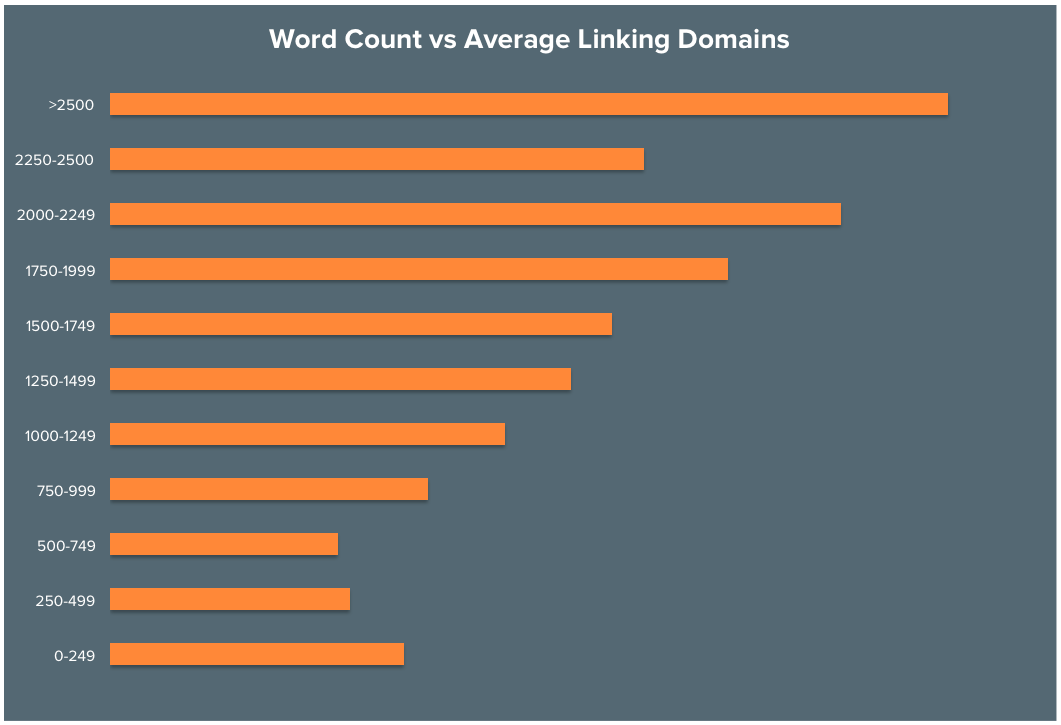

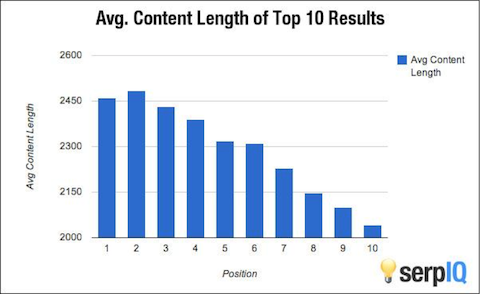

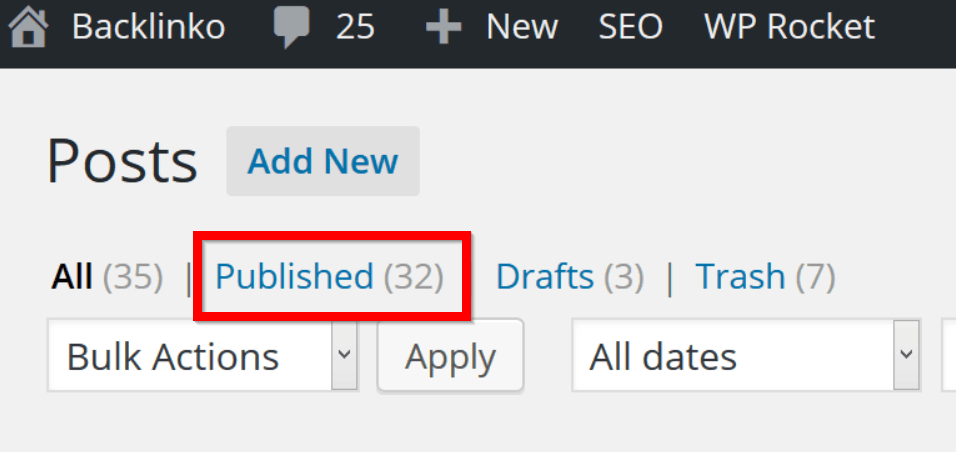
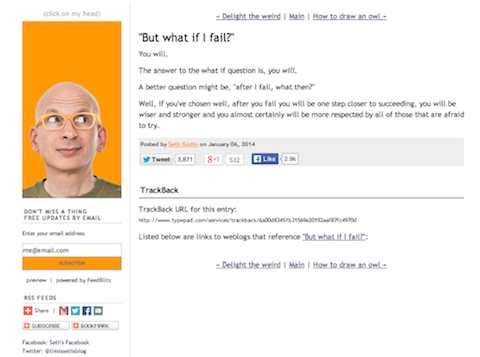


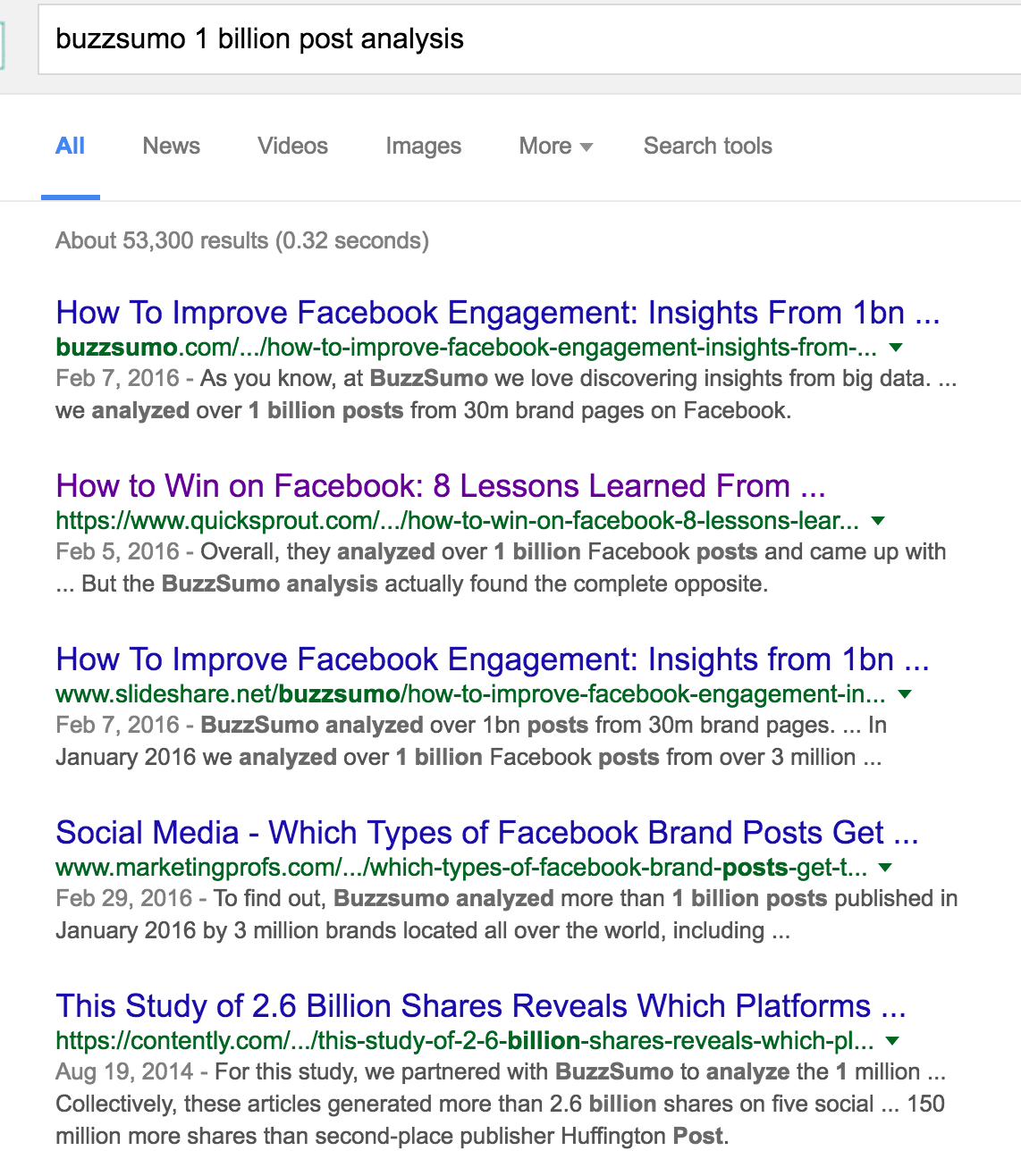
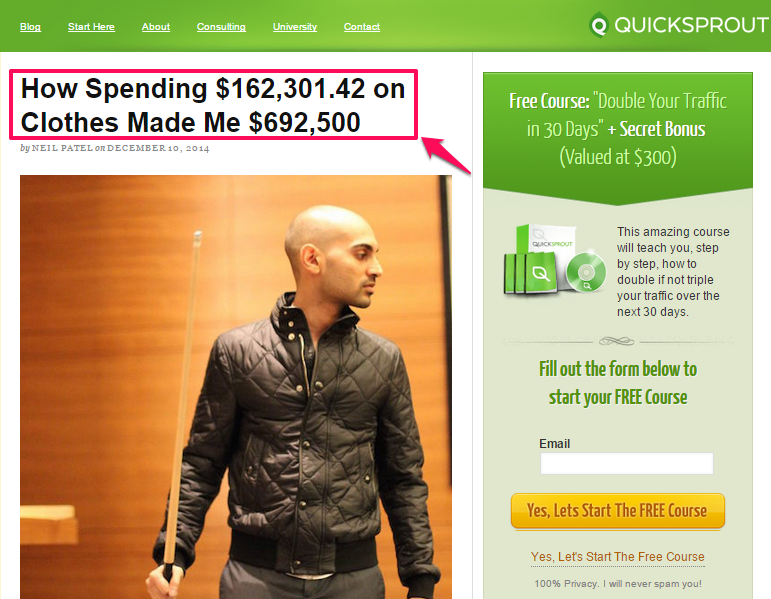


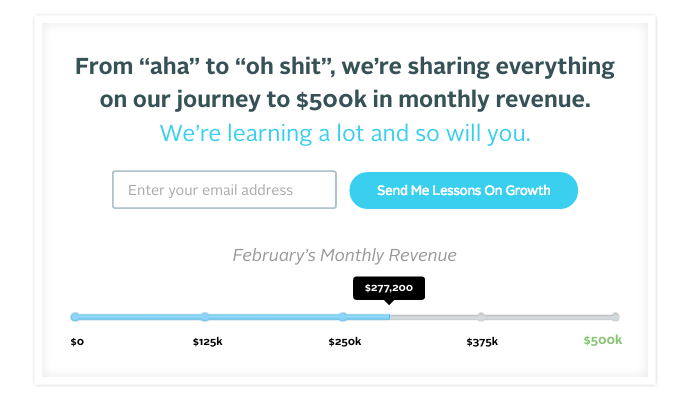
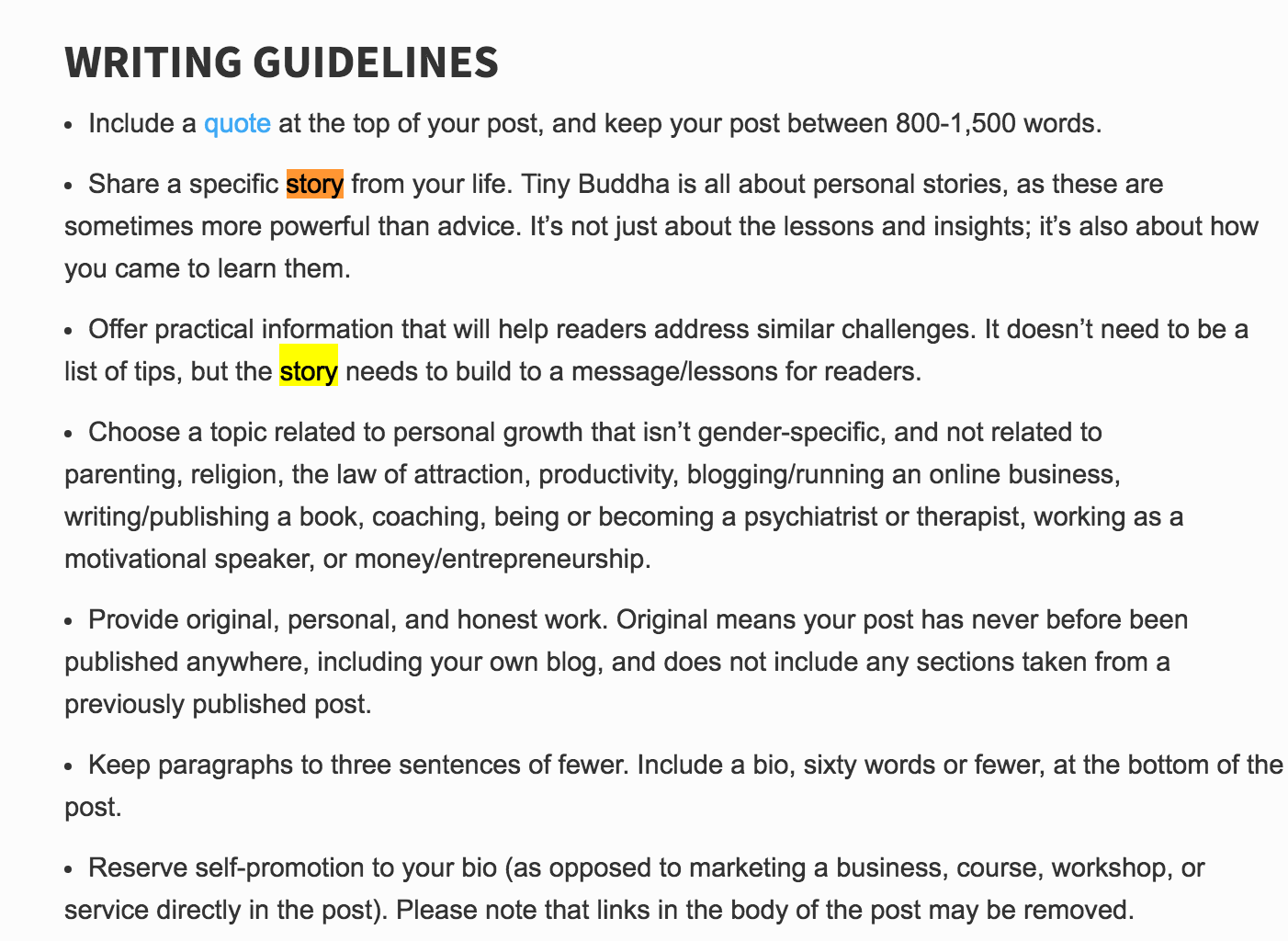
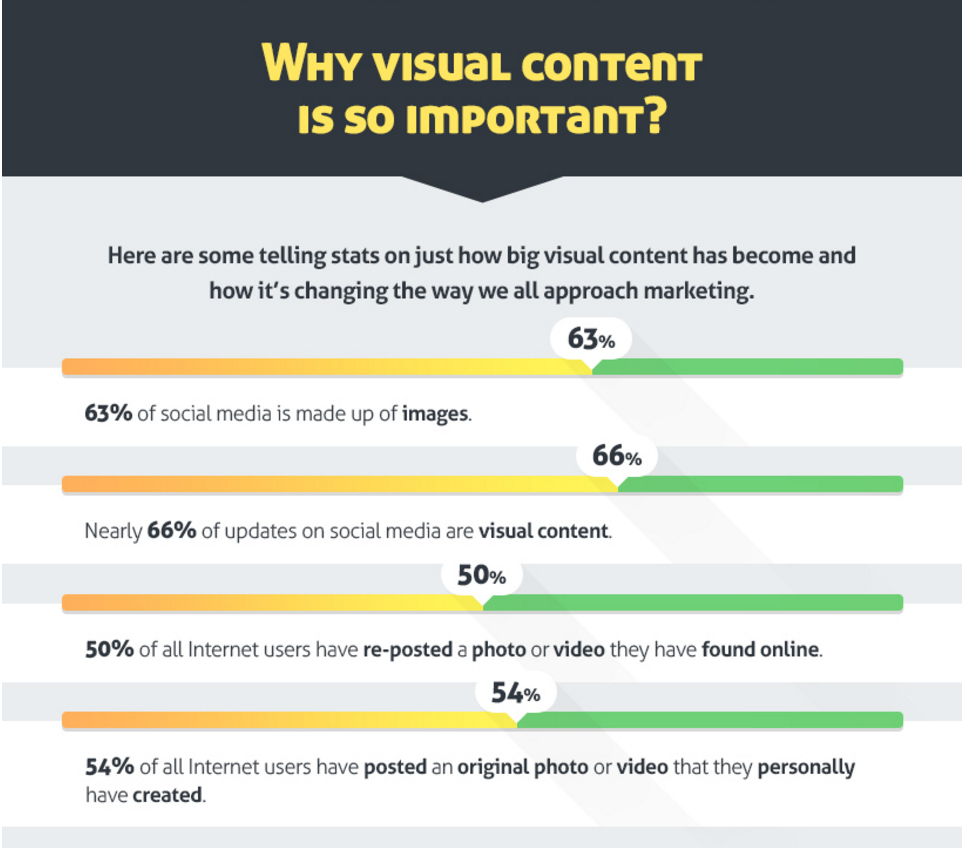


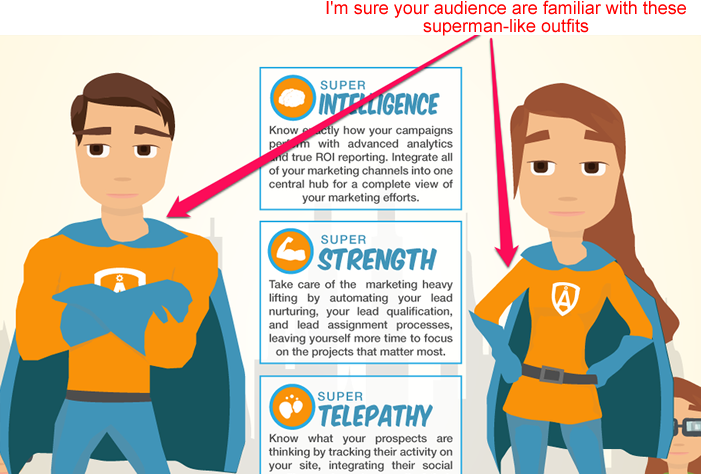




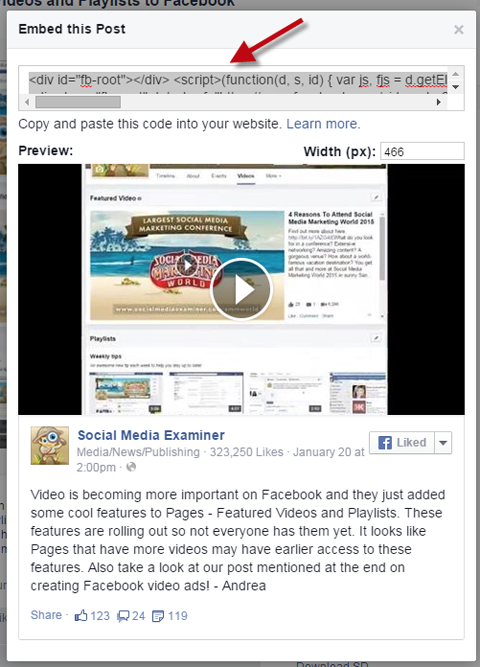

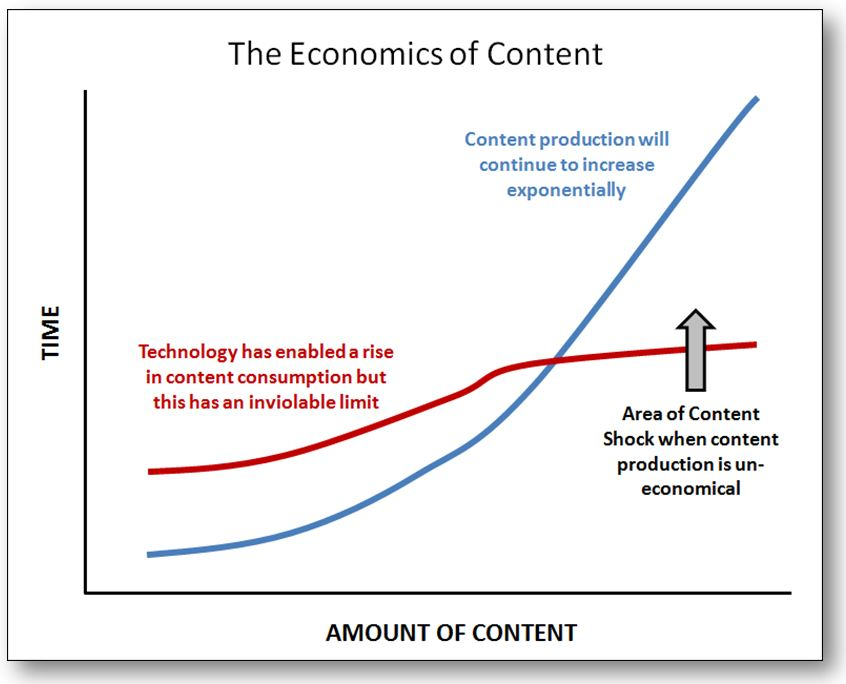

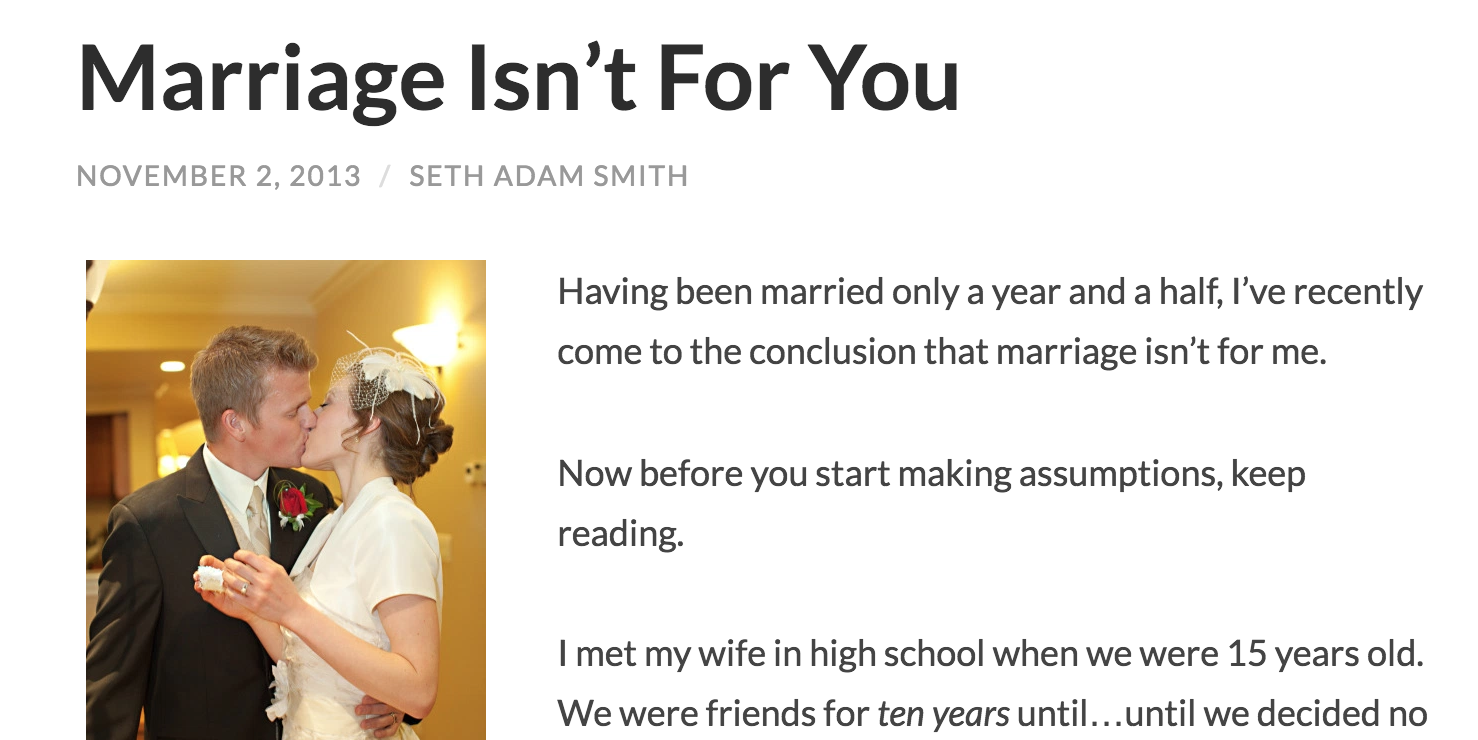

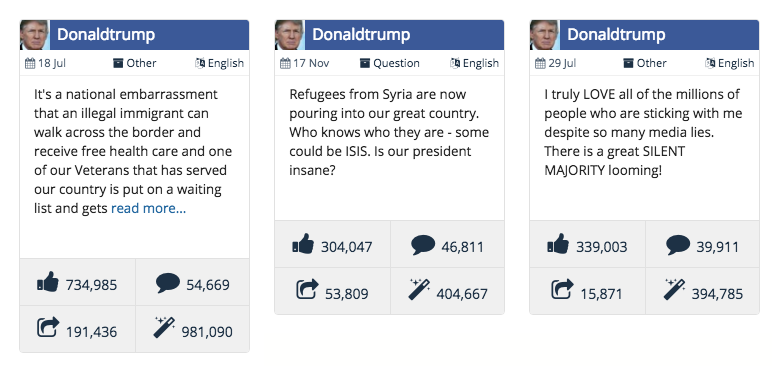
Comments (66)